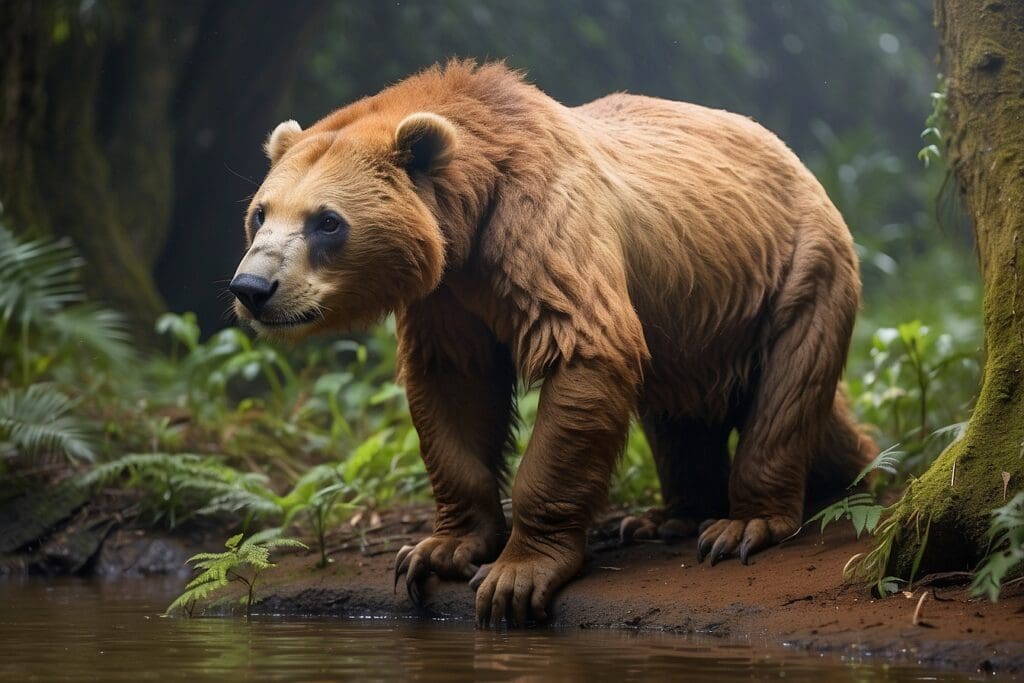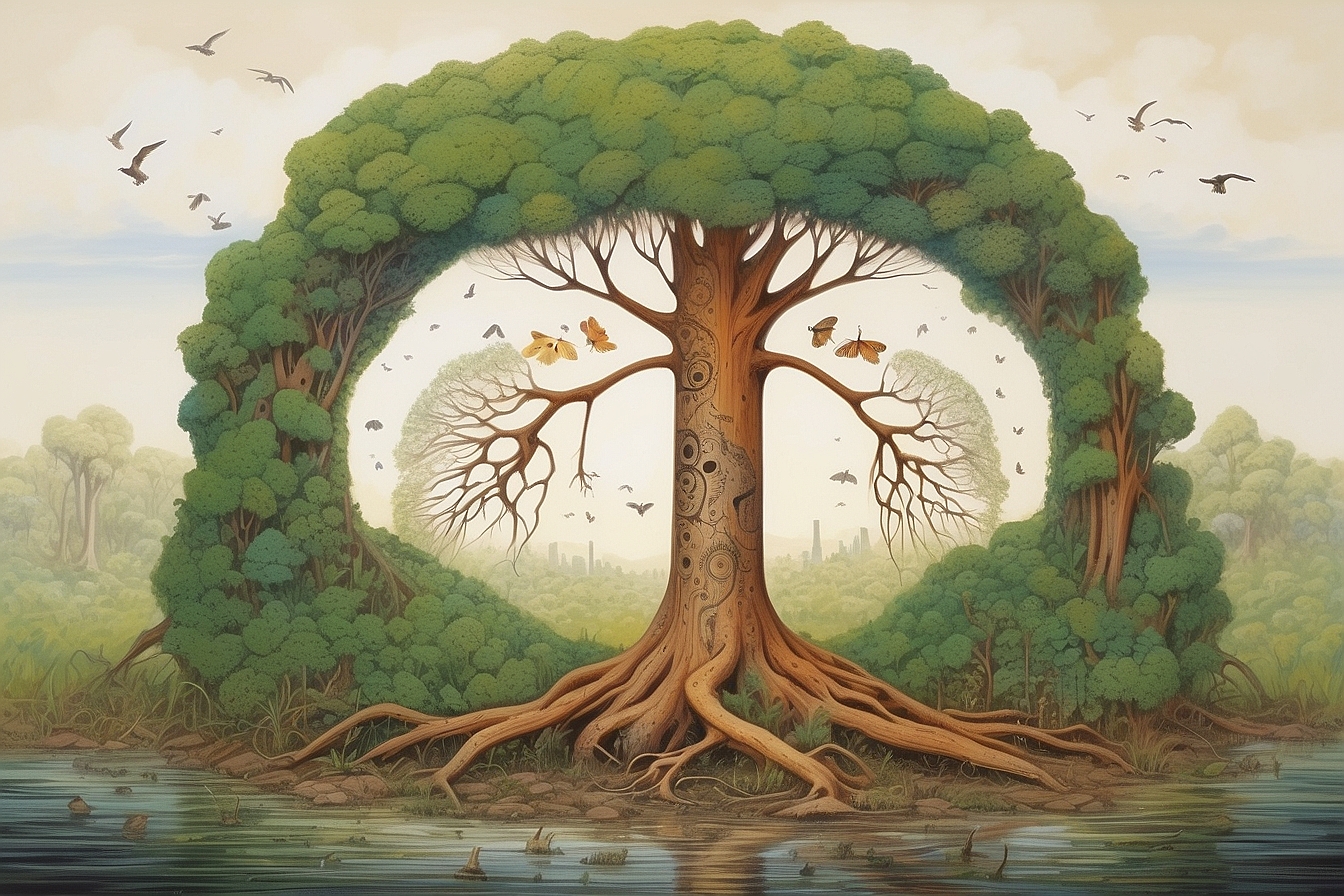It seems that every time you look, another species is being added to the endangered list. Just recently, the federal government placed the beluga whales in Alaska’s Cook Inlet under the protection of the United States Endangered Species Act. A decade-long recovery program has failed to assure their survival, mostly due to development and a range of economic and industrial activities including oil and gas exploration in the Cook Inlet. Habitat loss, climate change, pollution, predation, disease, competition from other species, and illegal hunting and poaching tend to be the biggest threats to a species’ survival. Without proper attention and protection, many of the world’s species of plants and animals are continuously being threatened.
According to the U.S. Fish and Wildlife Service, in the U.S. we have 612 records of threatened or endangered animals and 746 records of threatened or endangered plants.1 Fortunately, just this past October 2008, the International Union for Conservation of Nature held the World Conservation Congress in Barcelona, with over 8,000 specialists discussing the impact we are making on the natural world. Although many species are declining in population and critical habitats are being destroyed, the conservation community notices a growing awareness to support sustainable ecosystems and to preserve the natural world. They concluded, “The IUCN Red List showed that we are facing an extinction crisis, but that properly funded and well planned conservation measures can be successful – with close to 40 species of mammals showing signs of recovery.”2
You may be wondering: what exactly is the “Red List”? The IUCN Red List is the world’s most comprehensive inventory of the global conservation status of plant and animal species. It uses a set of criteria to evaluate the extinction risk of thousands of species and subspecies. These criteria are relevant to all species and all regions of the world. The plant and animal species that make this list are evaluated on the following criteria: rate of decline, population size, area of geographic distribution, and degree of population and distribution fragmentation.3 Once the species has been considered “threatened” under these criteria, it is placed into one of the nine categories of the Red List system 4:
* Extinct: the last remaining member of the species has died, or is presumed beyond reasonable doubt to have died.
* Extinct in the wild: captive members of this species survive, such as at zoos, but there no longer exists a free-living, natural population.
* Critically endangered: members of this species face an extremely high risk of extinction in the immediate future.
* Endangered: members of this species face a very high risk of extinction in the near future.
* Vulnerable: members of this species face a high risk of extinction in the medium-term.
* Near Threatened: members of this species may be considered threatened in the near future.
* Least Concern: no immediate threat to the survival of this species.
* Data Deficient: there is inadequate information to make a direct, or indirect, assessment of its risk of extinction based on the species’ distribution and/or population status.
* Not Evaluated: A taxon is Not Evaluated when it is has not yet been evaluated against the criteria.
Overall, the IUCN Red List now includes 44,838 species, of which 16,928 are threatened with extinction (38 percent). Of these, 3,246 are in the highest category of threat, Critically Endangered, 4,770 are Endangered and 8,912 are Vulnerable to extinction.5

The Red List works similarly to the Endangered Species Act in the United States. To be recognized under the threatened and endangered species list in the U.S., any person can petition the government to propose a species. The species is then classified as a candidate if considered threatened or endangered, and finally it is placed on the Federal list of species after undergoing a legal process to determine the degree of threat it faces. According to the Endangered Species Act, “In our priority system, the degree or magnitude of threat is the highest criterion, followed by the immediacy of the threat and the taxonomic distinctiveness of the species (monotypic genus, then species, then subspecies, variety, or vertebrate population).”6 It is then protected under the Endangered Species Act as “endangered,” meaning a species that is in danger of extinction throughout all or a significant portion of its range; or “threatened,” meaning a species that is likely to become endangered in the foreseeable future.
As the endangered species list continues to grow, conservation efforts and recovery programs are also on the rise. In the United States alone, we have 791 current habitat conservation plans approved and 1,128 species have approved recovery plans. The recovery program may include reintroduction, habitat acquisition, captive propagation, habitat restoration and protection, population assessments, research and technical assistance for landowners, and public education. At the global level, millions of dollars are being dedicated to species conservation. At the IUNC World Conservation Congress, “Agreement on key principles on high-seas governance were achieved; new working relationships with fishermen’s association and conservation groups were established; an historical agreement on principles guiding forest management to face climate change was announced by a group including business, indigenous and conservation groups, international financial institutions and trade unions.”7 This diversity of human attention is critical and reassuring that our worlds plants and animals will continue to receive greater protection.
To visit the United States Endangered Species program site, go to http://www.fws.gov/endangered/.
To view information about the International Union for Conservation of Nature’s Red List of Threatened Species, go to http://www.iucnredlist.org/.





